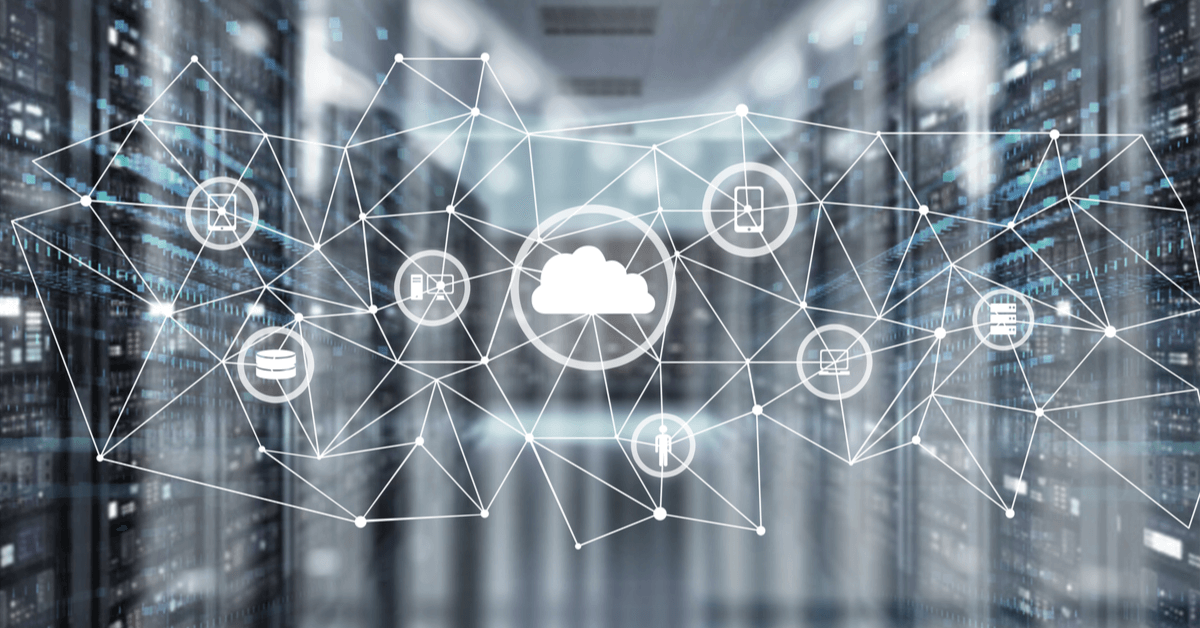The tools for application modernization

Application modernization is the necessary step to maximize the performance of legacy applications in modern cloud environments, in an era like ours in which cloud computing has established itself as the obligatory route for business competitiveness and software is the key to modern economy. But what are the tools for application evolution from a cloud perspective?
Modern applications for multicloud environments
Let's first clarify how IT architectures are changing. Being extremely dynamic, digital business requires that the underlying infrastructure be flexible, reliable and rapidly scalable. The cloud, as a set of technological resources (“elementary bricks”) usable as a service and paid for on consumption, lends itself to meeting these needs.
However, to maximize the returns of the new information environments (a patchwork of infrastructure services provided by different suppliers), modern applications are needed, capable of guaranteeing the same performance regardless of the underlying system, fast in development and distribution, easy to update and maintain.
Traditional monolithic applications, built all in one block to run exclusively on local physical assets, are not sufficiently flexible to run in the new multicloud infrastructures. An application modernization activity is therefore necessary to bring the company software park to the cloud.
The different approaches for application modernization
Several strategies are available to proceed with application modernization:
- rehosting (or Lift&Shift approach) consists in the simple transposition of the application on the cloud without changes to the code or functions;
- replatforming (Lift, Tinker and Shift) involves modifying the code at multiple levels to facilitate the integration of the app with cloud technologies;
- rebuilding implies the total rewriting of the code, using the most advanced development techniques such as microservices and PaaS (Platform-as-a-Service) tools;
- replacement involves the disposal of obsolete software and the purchase of a cloud-native application that performs similar functions.
The tools for cloud-native applications
Although it may not always be the most convenient solution, adopting an application based on a cloud-native model (rebuilding it or buying it from scratch) is a rewarding choice, especially in the long term.
"Cloud-native" in fact are those applications designed to work optimally in virtualized and multi-cloud environments, as they are independent of the underlying hardware. Like cloud infrastructures, they have an architecture composed of "building blocks" or microservices.
Microservices are the functional units that make up the software and communicate with each other via a programming interface (API). They reside within containers or complete runtime environments, which integrate and are managed through orchestration systems such as Kubernetes.
The modular architecture of cloud-native applications allows the modification of a certain functionality without interfering with the other components.
DevOps, the main tool for app modernization
Application modernization through the adoption of new microservices architectures also has the merit of promoting the DevOps approach. It is an organizational model for the management of the software life cycle which involves close collaboration between development teams and Operations users.
The ability to create applications by combining pre-existing functional units, accelerates development and release activities, responding promptly to the needs of digital business. By managing to intervene on individual microservices without interfering with the overall operation of the application, developers quickly and effectively satisfy user requests. In short, a virtuous circle is created in which developers and users participate in improving the quality of the software, thanks to feedback and response speed.
The right partner for application modernization
If the approaches and tools for application modernization are clear, the importance of experience and know-how should not be overlooked. Evolving legacy applications towards microservices and DevOps models implies not only a set of specific skills, but also a change of mindset at all company levels. It is not only developers who have to manage their business differently, but also end users have the burden of opening up to change and proactively participating in the development of new application services.
This is why turning to an experienced partner, both in terms of technological skills and in terms of processes and organization, can really make a difference by facilitating application modernization initiatives.







